
8 Amazing Places to Visit in Egypt
Egypt is a great country located in northeast Africa. Egypt is officially the Arab Republic of Egypt. It has a total area of 1,002,450 square km. The current population of Egypt in 2021 is 104,258,327. Egypt has one of the longest histories of any country.
The official currency of Egypt is called the Egyptian Pound. Arabic is the official language in Egypt. The Egyptian flag is a tricolour consisting of red, white, and black. The Egyptian flag’s bands are based on the Arab Liberation Flag of the Egyptian Revolution of 1952. In the centre of the middle band, there is an eagle, The eagle is a symbol of Egypt.
Egypt is divided into 29 areas, called Governorates. They are Cairo, Alexandria, Helwan, Giza, Aswan, Asyut, Behera, Beni Suef, Dakahlia, Damietta, Faiyum, Gharbia, Ismailia, Kafr El Sheikh, Luxor, Matruh, Minya, Monufia, New Valley, North Sinai, Port Said, Qalyubia, Qena, Red Sea, Sharqi, Sohag, South Sinai, Suez, and 6th of October.
What’s the Capital of Egypt?
Cairo, pronounced Al-Qahirah, is the capital of Egypt. Cairo is one of the biggest cities in the continent of Africa.
Egypt has many cities, but the most important cities for tourist attractions and the economy are Aswan, Luxor, Sharm El Sheikh, Dahab, Gouna, Hurghada, and Alexandria.
Egypt on the Map
Egypt is located in northeastern Africa. Egypt is bordered by the Mediterranean Sea and the Red Sea, Israel to the east, Libya to the west, and Sudan to the south.
The Nile River
The Nile River was life for Ancient Egyptians. It was the main source of water. They depended on it in their regular activities. The Nile River flooded its banks from June to September every year, which makes the soil fertile perfectly. Farmers also irrigated the crops from the Nile.
Ancient Egyptians believed that the floods happened because Isis was weeping for her husband Osiris. The Nile river is the longest in the world. It flows about 6650 km, and it is about 4,130 miles into the Mediterranean Sea.
The Nile river flows through eleven countries, and only 22% of them flows through Egypt. Further South there are two branches of the Nile: The White Nile and the Blue Nile.
In ancient times, there were seven branches of the Nile, but today there are only two. The Nile Delta used to flood every year. If you look at Delta on the map, you will find it green and fertile. Today, the Nile River is a source of irrigation, in addition to its importance as a transportation and trade route.
Egyptian Civilization
Egypt is very famous for its ancient civilization and the monuments, such as: In Cairo, there are the Great Pyramids of Giza, the Great Sphinx, and the Egyptian Museum.
In the south, there are the Luxor Temple, the Karnak Temple, Abu Simbel, the Temple of Hatshepsut, the Valley of the Kings, the Temple of Edfu, and the High Dam of Aswan, and the Philae Temple.
Egypt has a nice cool breeze that makes tourists from many places come to enjoy its weather. Tourism is one of the leading sources of income.
Egypt has many places to visit:
The Egyptian Museum
The oldest museum in the Middle East, it is a house of Pharaonic antiques in the world. It houses over 120,000 items. The Egyptian museum contains many valuable artefacts of Ancient Egyptian history. In 1909, an Italian construction company built the Egyptian museum. A French architect Marcel Dourgnon designed the museum. This museum is considered one of the largest museums in the world.
In 1835, Mohammed Ali, the ruler of Egypt at that time, completely banned the export of ancient antiquities to protect the country’s heritage. The Egyptian museum is established in different places. First, at Boulaq in 1858. In 1878 the flooding of the Nile River caused damage to the building. In 1891, the collections were moved to a former royal palace, in the Giza district of Cairo. At last, the collection moved to a museum in Tahrir Square.
During the Egyptian revolution of 2011, two of the mummies were destroyed, about 50 objects were lost, and the museum was partly destroyed. About 25 of the objects have been found. Some objects were moved to the new Grand Egyptian Museum, while most of them are still in the main museum in Tahrir. The Egyptian museum reopened again in September 2013.
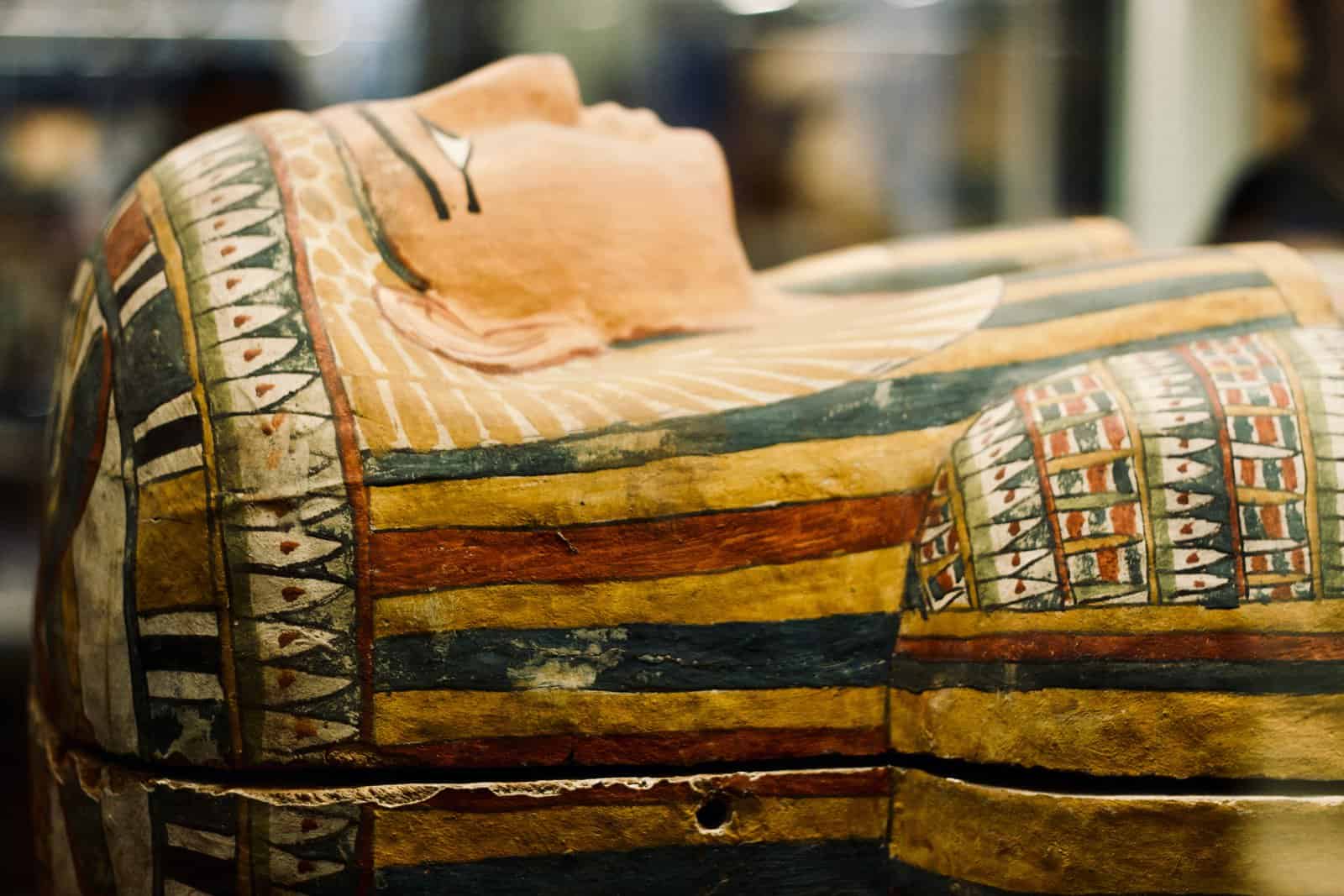
Description of the Museum:
There are two main floors, the ground floor and the first floor. On the ground floor, there is a big collection of large works in stone, including statues, reliefs and architectural elements. The first floor is dedicated to smaller works, including papyri, coins, and textiles.
On the ground floor, Not only artifacts from Egypt but also the New Kingdom. They are from 1550 to 1069 BC. On the first floor, there are artifacts from the final two dynasties of Egypt.
Here are some examples of artifacts:
- The Gold Mask of Tutankhamun.
- Mummy mask of Psusennes I.
- Statue of Menkaure.
- Throne of Tutankhamun.
Valley of the Kings
The Valley of Kings is located in Luxor “the west bank of the Nile River”. The period of the valley of kings was nearly 500 years from the 16th to 11th century BC. It was used as a burial chamber for royal burials of kings, their families, and their properties.
The process of Mummification was important to preserve the body of the dead Pharaohs. So the ancient Egyptian worked hard to build tombs. Building tombs was a concept in ancient Egyptian minds. They believed in the afterlife so they prepared themselves for the next world after death. They put all their needs from food, drink, clothes, and jewellery.
In an excavation expedition in 1922, Howards Carter discovered one of the most important tombs found in the Valley of the Kings, it is the tomb of Pharaoh Tutankhamun and his treasures. The valley of kings became a world heritage Site.
Abu Simbel Temples
Abu Simbel is two massive rock-cut temples in the village of Abu Simbel located in upper Egypt, Aswan. The two temples were carved out of the mountainside during the 19th Dynasty reign of Pharaoh Ramesses II. They serve as a lasting monument to king Ramesses II. His wife Nefertiti and children didn’t take the same importance as their father, they were seen in smaller figures by his feet.
Ramesses II during his reign embarked on an extensive building program throughout Egypt and Nubia, Nubia at that time was famous for its valuable source of gold and precious trade goods.
There are two temples:
-The Great Temple, dedicated to Ramesses II himself, took about 22 years to build. The single entrance is surrounded by four statuses, all of them representing Ramesses II seated on a throne and wearing the double crown of Upper and Lower Egypt. The left status was damaged by an earthquake, and the head and the torso fell away. These fallen pieces were not restored to the statue but placed at the statue’s feet in the positions originally found.
-The Small Temple, dedicated to the goddess Hathor, personified by Nefertari, Ramesses most beloved of his many wives.
The temples were salvaged from the rising waters of the Nile River, and the Egyptian government sponsored a project to save the site during the erected High Dam in Aswan.
The temples are carved out of a sandstone cliff on the west bank of the Nile. The Temples were rediscovered in 1813 by the Swiss researcher Johann Ludwig Burckhardt.
Karnak Temple
The Karnak Temple Complex is commonly known as Karnak. The building began during the reign of Senusret I around 2000 to 1700 BCE in the Middle Kingdom, and continued into the Ptolemaic Kingdom from 305 to 30 BCE. The Karnak is located in the modern village of El-Karnak, 2.5 kilometres north of Luxor.
Karnak was in reality a complex of temples. Karnak Temple was the most important temple in Thebe’s “modern Luxor”, in Upper Egypt. The cult of the great god Amon of Thebes was conducted in Karnak.
The Great Sphinx Of Giza
Sphinx, is a limestone statue, the statue is a mythical creature with the body of a lion, and the head of a man. The Great Sphinx is 19.8 meters high and 73.2 meters long. It stands on the Giza Plateau.
The face of the Great Sphinx represents Pharaoh Khafre. The Great Sphinx had been carved during the reign of Khafre. Its nose is broken. It is considered the oldest and longest monumental sculpture in Egypt. It was built by Ancient Egyptians.
Giza Pyramids
Egypt’s pharaohs has a belief in the afterlife, so they built many tombs. Pyramids are considered tombs. Pharaohs put food, drink and all their properties in the tomb that they will need afterlife.
Pharaoh Khufu built the first pyramid in 2550 B.C. known as the Pyramid of Khufu. The Great Pyramid of Giza is one of the seven wonders of the ancient world. It was the largest Pyramid at 147 meters above the plateau. Its estimated 2.3 million stone blocks each weigh an average of 2.5 to 15 tons.
Khufu’s son, Pharaoh Khafre, the third pharaoh of the 4th Dynasty built the second pyramid at Giza in 2520 B.C. known as the Pyramid of Khufu. While the Great Pyramid of Giza is the tallest one, the Pyramid of Khafre appears to be taller that’s because Khafre’s pyramid was built atop bedrock that is 33 feet higher than the foundation below Khufu’s pyramid.
Menkaure was the son of Khafre and the grandson of Khufu. Mankaure built the third pyramid known as the Pyramid of Menkaure in 2490 B.C. It is the smallest Pyramid.
Khan el-Khalili
Khan el-Khalili is a famous souq and bazaar in Cairo, Egypt. It is considered a centre of trade in the Mamluk era and named for one of its several historic caravanserais. If you go on a tour to Khan el- Khalili, you will find that khan el-Khalili is home to many Egyptian artisans and workshops involved in the production of traditional crafts and souvenirs. You also will enjoy the view of a busy and colourful open-air bazaar filled with amazing items like spices, perfumes, jewellery and souvenirs. You will enjoy walking through loud and crowded streets.
You also will enjoy the view of a busy and colourful open-air bazaar filled with amazing items like spices, perfumes, jewellery and souvenirs. You will enjoy walking through loud and crowded streets.
Khan el-Khalili was established in the 14th century when Emir Dajaharks Al-Khalili built a large market complex on the site of the Za’afran Tomb “the burial place of the Fatimid rulers of Egypt”.
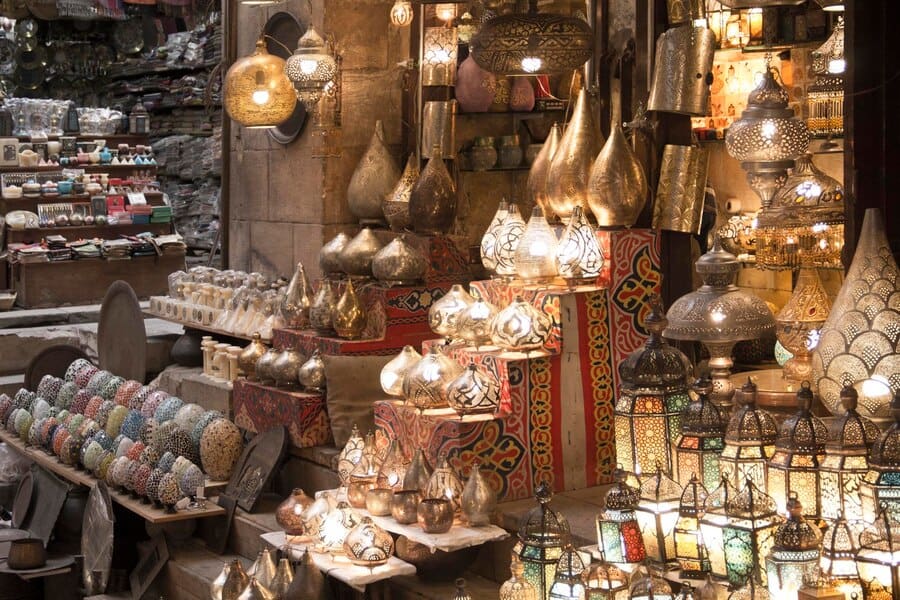
In later years, other sultans added their caravanserai. At the end of the 15th century, Khan el-Khalili became a centre for trade, both local and foreign.
Khan el-Khalili has a variety of restaurants and cafes, after going shopping, you can take a break there.
Mortuary Temple of Hatshepsut
The Temple of Hatshepsut is a mortuary temple built during the reign of Pharaoh Hatshepsut of the Eighteenth Dynasty of Egypt. Located in Upper Egypt, at Deir al-Bahari, opposite the city of Luxor.
Hatshepsut was a queen and then became a pharaoh. She built the Mortuary Temple of Hatshepsut at Deir al-Bahari. No one till now knows the real designer of the temple of Hatshepsut, it possibly is Senenmut or Hapuseneb. It is made of sandstone, limestone and granite. The construction took place between Hatshepsut’s seventh and twentieth dynasties.
The Mortuary Temple of Hatshepsut has three massive terraces rising above the desert floor, each of which has a colonnade at its end.
Mummiform statues of Hatshepsut as Osiris, the god of the dead, lean against its pillars.
Rituals and religious festivals are depicted on Hatshepsut temple walls that appear throughout the beautifully painted reliefs.
Luxor Temple
Luxor Temple is a large Ancient Egyptian temple complex located in upper Egypt, Luxor. It was constructed approximately 1400 BCE. The temple was dedicated to the Theban triad ”the great god Amon-Ra”, his wife Mut, and their son Khonsu. It was built with sandstone from the Gebel el-Silsila area.
Luxor temple unlike other temples isn’t dedicated to a cult god but it is dedicated to the rejuvenation of kingship. Amenhotep III and Alexander built chapels to the rear of the temples in18th Dynasty. One of the chapels inside the Luxor Temple is dedicated to the goddess Mut. Other parts of the temples were built by Ramesses II.
During the Roman era, The Romans built a fort around the temple in the late third century AD.
Why not subscribe to our LearningMole Library for as little as £1.99 per month to access over 1300 fun educational videos.
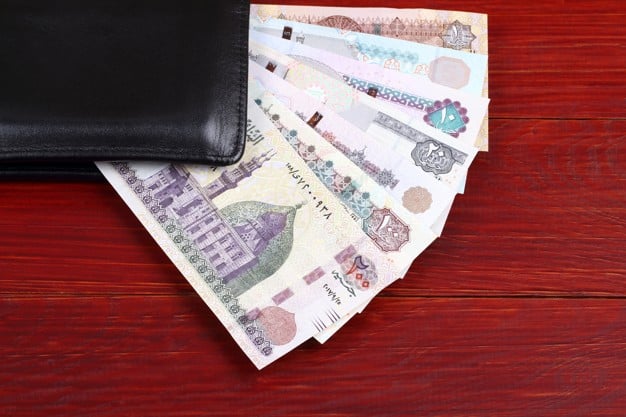
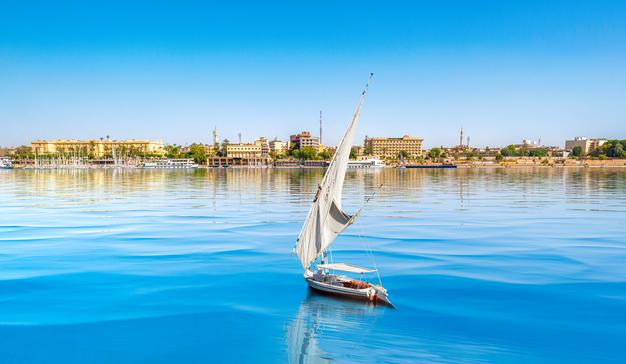
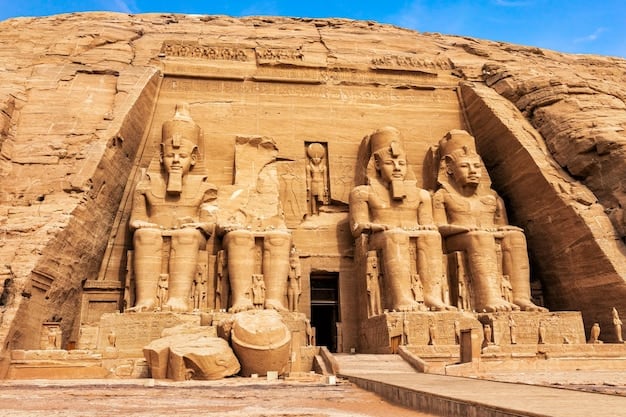
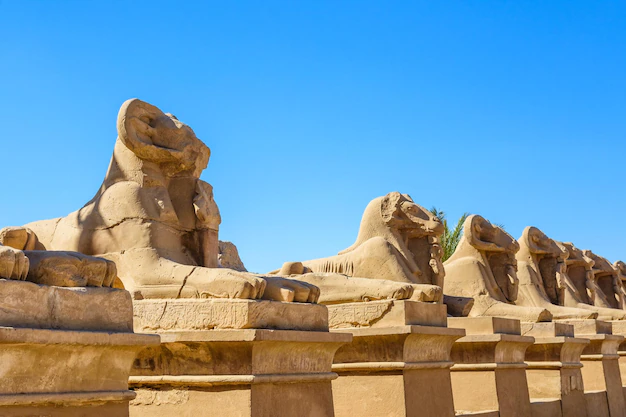
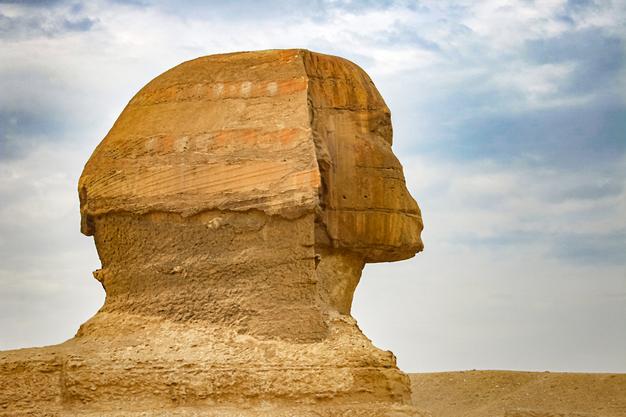
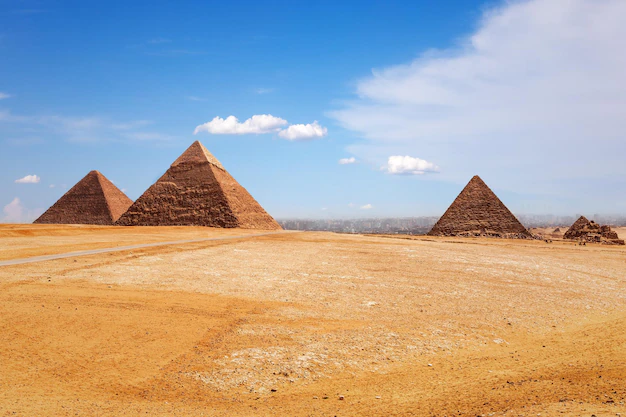
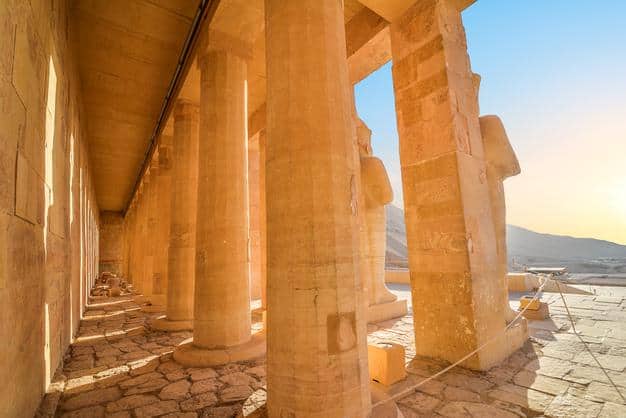


Leave a Reply